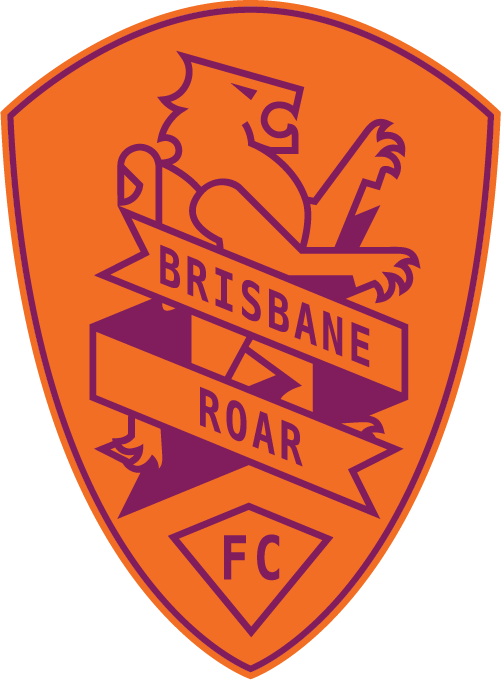Now that the A-League has matured, is it now time to retrospectively join the old NSL with the new A-League?
When the Hyundai A-League kicked-off in 2005 there was an unmistakable jump in standard in terms of the national league ‘product’, compared with the old National Soccer League (NSL) which was considered closed in 2004.
Measurable indicators such as crowds, TV ratings, player wages and expenses are all at levels much higher than ever seen in the old league.
When the A-League replaced the old NSL it caused angst with some fans of the old league, whose clubs could not afford to compete in a new competition whose bar was raised exponentially.
With only Adelaide United, Newcastle Jets and Perth Glory having the capital to continue their national league existence, many fans of the more established NSL clubs like Melbourne Knights, Sydney Olympic and Wollongong were naturally disappointed to not be a part of the new national set-up.
The re-birth of national league football in 2005 was however intentionally designed to break from the past.
Rightly or wrongly, the authorities of the time intentionally marketed the A-League as a fresh new competition when it was launched, distinct from the old NSL. The A-League, now in its eighth season, has been considered for most intents and purposes a separate competition to the NSL.
It followed from similar replacements of national leagues in countries such as the United States (MLS) and Japan (J-League) in the 1990s.
And with the A-League now running at a level way above anything we had in NSL days, the decision to symbolically break from the past looks to have been the right one.
Whether the on-field quality of the A-League is better than the NSL is debatable, but whatever the case, there can be little doubt that the standard of play has risen over recent years as the A-League ripens, and more higher-profile players join the competition.
Now that the A-League has matured, is it now time to retrospectively join the old NSL with the new A-League?
From 1977 to 2004 the NSL pitted the country’s biggest and best football clubs against each other annually on a national stage. Since 2005 the A-League continues to have the nation’s biggest and best football clubs up against each other annually on a national stage.
190 A-League players played in the NSL, 14 A-League coaches coached in the NSL, 20 A-League venues were used in the NSL, and 3 A-League clubs were former NSL clubs.
The inclusion of a New Zealand club in the A-League, and in the latter years of the NSL, also shows the similarity of the two competitions.
In many ways therefore the A-League represents a continuation of the NSL.
So why not now consider the A-League and the NSL one continuous competition?
The most symbolic way of doing this would be to formally merge the histories and statistics of the A-League with the NSL.
This would help put a lot of things into perspective.
Instead of making the point that Melbourne Victory, Sydney FC and Brisbane Roar are the most successful A-League teams, each with two Championships to their names, make the official record books highlight that it is actually South Melbourne, Marconi and Sydney City that are the most successful Australian national league teams, with four Championships apiece.
Surely only when the Victory, Sydney FC and the Roar get to four Championships should they be mentioned in the same breath as South Melbourne, Marconi and Sydney City as being the all-time best clubs in the country.
While Matt Thompson gets the accolades as the league’s most experienced player, with 190 A-League appearances (after Round 14), it is still way way behind the NSL’s longest stalwart Alex Tobin, who notched up 522 NSL appearances.
And in the goalscoring department, Shane Smeltz’s A-League record of 68 goals is impressive, but does it really compare with Damian Mori’s combined NSL and A-League tally of 240 goals?
Merging the NSL and A-League stats does not mean devaluing the achievements of the current clubs, and their players and coaches.
In fact, combining these records would enhance the credentials of these teams and individuals.
For example, instead of the record books highlighting that Clint Bolton is the A-League’s most experienced goalkeeper with 179 appearances, if we include Bolton’s NSL record of 300 matches we can just as easily say that the Melbourne Heart custodian has played an enormous 479 Australian national league matches (after Round 14).
And not only does merging NSL and A-League history enrich the achievements of current players, it would better acknowledge the great clubs and players of the past.
When the NSL took the risky step of being the first football code in the country to go national in back in 1977, it took football in Australia to a new level and laid the foundation for the A-League to get to where it is today.
The bold formation of the NSL 36 years ago also set the scene for a new dimension to Australia’s major sporting competitions – the national stage.
It’s now time to acknowledge the NSL by simply considering as part of the A-League, not just as its predecessor.
Follow Andrew Howe-s Aussie football stats updates on Twitter @AndyHowe_statto




